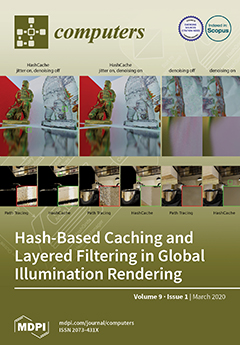A computer vision system for automatic recognition and classification of five varieties of plant leaves under controlled laboratory imaging conditions, comprising: 1–
Cydonia oblonga (quince), 2–
Eucalyptus camaldulensis dehn (river red gum), 3–
Malus pumila (apple), 4–
Pistacia atlantica (mt. Atlas mastic tree) and 5–
Prunus armeniaca (apricot), is proposed. 516 tree leaves images were taken and 285 features computed from each object including shape features, color features, texture features based on the gray level co-occurrence matrix, texture descriptors based on histogram and moment invariants. Seven discriminant features were selected and input for classification purposes using three classifiers: hybrid artificial neural network–ant bee colony (ANN–ABC), hybrid artificial neural network–biogeography based optimization (ANN–BBO) and Fisher linear discriminant analysis (LDA). Mean correct classification rates (CCR), resulted in 94.04%, 89.23%, and 93.99%, for hybrid ANN–ABC; hybrid ANN–BBO; and LDA classifiers, respectively. Best classifier mean area under curve (AUC), mean sensitivity, and mean specificity, were computed for the five tree varieties under study, resulting in: 1–
Cydonia oblonga (quince) 0.991 (ANN–ABC), 95.89% (ANN–ABC), 95.91% (ANN–ABC); 2–
Eucalyptus camaldulensis dehn (river red gum) 1.00 (LDA), 100% (LDA), 100% (LDA); 3–
Malus pumila (apple) 0.996 (LDA), 96.63% (LDA), 94.99% (LDA); 4–
Pistacia atlantica (mt. Atlas mastic tree) 0.979 (LDA), 91.71% (LDA), 82.57% (LDA); and 5–
Prunus armeniaca (apricot) 0.994 (LDA), 88.67% (LDA), 94.65% (LDA), respectively.
Full article





